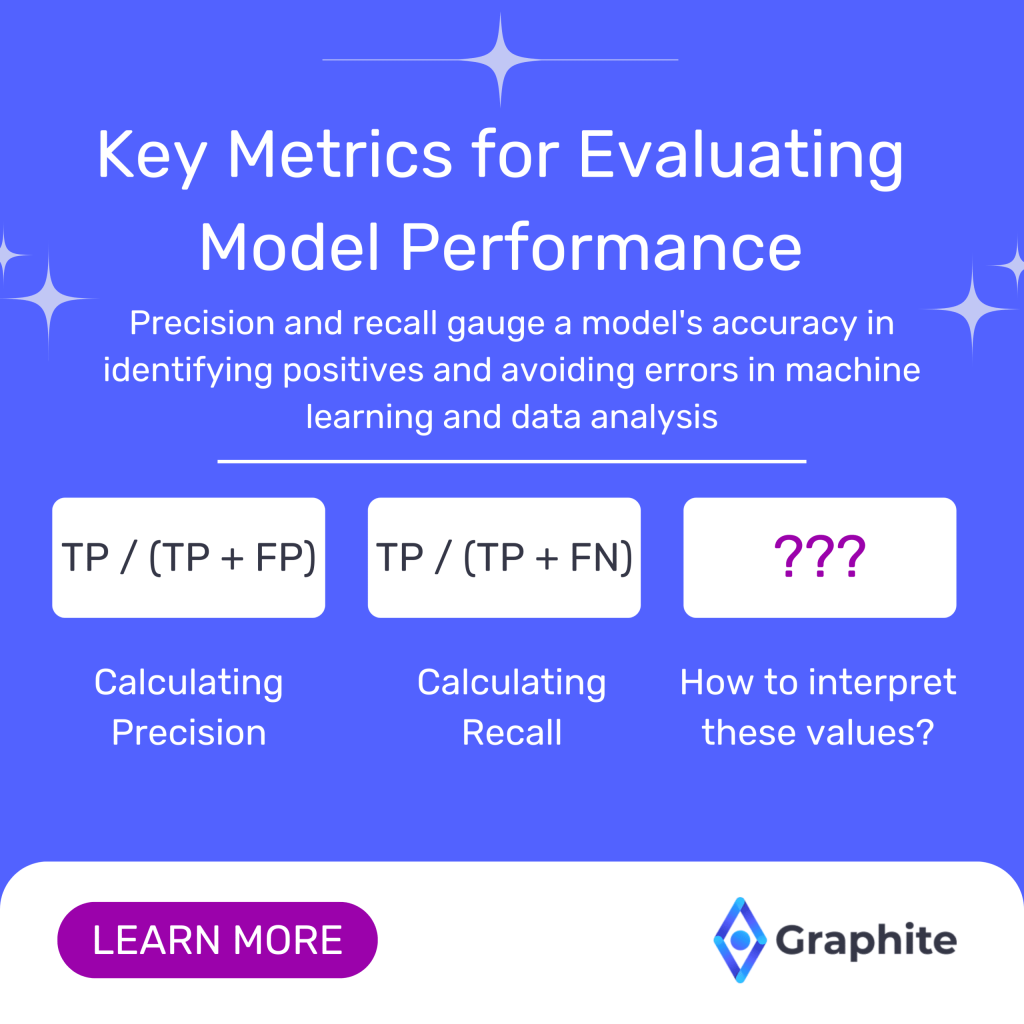Regression is a fundamental machine learning concept that enables models to predict continuous outcomes. Regression is widely used in various fields, including finance, healthcare, and marketing, to make accurate predictions and drive informed decisions.
What is Regression in Machine Learning?
Regression in machine learning involves training models to predict a continuous output variable based on one or more input features. The goal of regression is to establish a relationship between the independent variables and the dependent variable, enabling accurate forecasts and predictions. Linear regression models are the most common type of regression, where the relationship between the variables is assumed to be linear.
The Basics of Regression
Regression relies on statistical models and machine learning algorithms to analyze data. Here are the key steps involved in building a regression model:
- Data Collection: Gathering relevant data from various sources.
- Data Cleaning: Filtering out irrelevant or inaccurate data to ensure the accuracy and reliability of the analysis.
- Feature Engineering: Selecting and shaping the most relevant features to improve model performance.
- Model Building: Using statistical models and machine learning algorithms, such as linear regression and non-linear regression techniques, to identify patterns and relationships in the data.
- Model Evaluation: Using model evaluation metrics such as mean squared error (MSE), mean absolute error (MAE), and R-squared to assess the model’s performance.
- Model Validation: Employing cross-validation techniques to ensure the model generalizes well to new, unseen data.
Types of Regression
There are several types of regression models, each suited to different scenarios:
- Linear Regression: Assumes a linear relationship between the independent variables and the dependent variable.
- Polynomial Regression Analysis: Involves using polynomial equations to model non-linear relationships.
- Logistic Regression: Although logistic regression is technically a classification algorithm, it is often discussed in the context of regression owing to its use of logistic functions.
Overfitting and Underfitting in Regression
Three common issues in regression modeling are overfitting, underfitting, and multicollinearity. Overfitting occurs when the model is too complex and fits the training data too closely, resulting in poor performance on new data. Underfitting happens when the model is too simple and fails to capture the underlying patterns in the data. To mitigate these issues, regularization methods such as Lasso and Ridge regression can be used. Multicollinearity occurs when independent variables are highly correlated, leading to unstable coefficient estimates.
Optimization Techniques in Regression
Gradient descent optimization is a popular method used to minimize the cost function in regression models. This iterative algorithm adjusts the model parameters to reduce the error between predicted and actual values. Hyperparameter tuning is also important, as it involves finding the optimal parameters for the model to achieve the best performance.
Implementing Regression Models
Implementing regression models involves several steps:
- Define Your Objectives: Clearly outline what you aim to achieve with regression analysis.
- Gather Relevant Data: Ensure you have a high quality, comprehensive and clean dataset that aligns with your objectives.
- Choose the Right Regression Model: Select the appropriate regression model based on your objectives and dataset. Consider factors such as the nature of the relationship and the complexity of the data.
- Train and Test Your Model: Use a portion of your dataset to train your model and validate its performance using metrics, like MSE and R-squared.
Overcoming Challenges in Implementation
Implementing regression models may present some challenges, including data quality issues and the need for technical expertise. Partnering with a no-code predictive and prescriptive analytics tool like Graphite Note can simplify the process. Graphite Note provides a user-friendly interface that empowers business users to use regression models without deep technical expertise.
Graphite Note is your partner in unlocking the full potential of your data, making it simple to predict business outcomes with precision and turn data into decisive action plans. Request a Demo today and see how Graphite Note can enhance your decision-making and operational efficiency.




